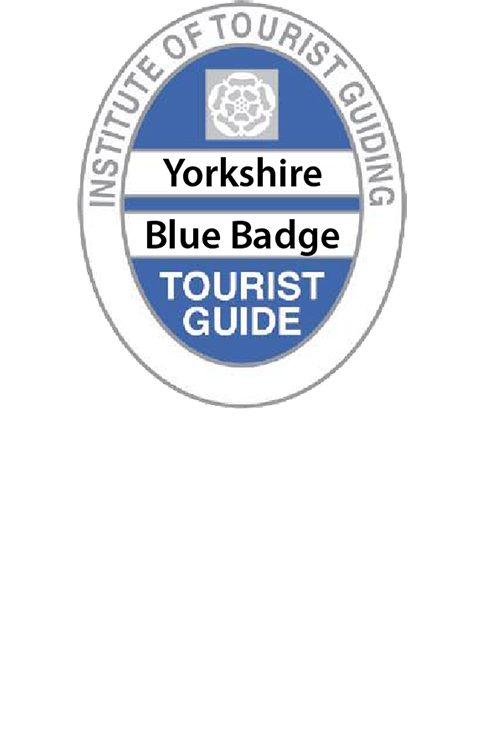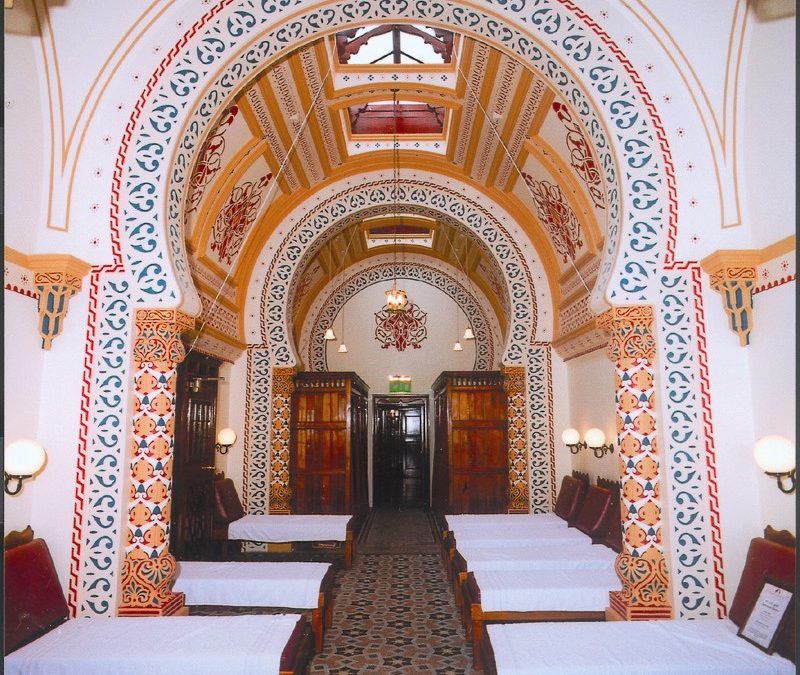The appreciation that natural spring water could cure sickness and disease dates back to Roman times and beyond. With the conversion to Christianity ‘taking the waters’ developed into a religious rite until the reformation, when Henry VIII’s government ordered the closure of holy wells with their associated saintly and mystical connections.
As the understanding of science and medicine increased, it became clear that the water from certain wells and springs contained mineral salts that were beneficial to some illnesses, especially stomach complaints. In particular, it was found that water with a high sulphur content acted as a purgative and could get rid of intestinal parasites, a very common problem before hygiene laws and modern medicines were introduced.
The mineral springs of the village of Spa in the Ardennes were found to be especially beneficial but, being in what was then the Spanish Netherlands, it was risky for the English aristocracy to visit them. As luck would have it, in 1571 William Slingsby discovered a mineral spring in the forest of Knaresborough that had a composition almost identical to that of the waters in Spa, and so was born the Spa Town of Harrogate.
By the late 1600s more springs, including the sulphur spring in Low Harrogate, had been discovered. The different waters were recommended for the treatment of a variety of ailments including scurvy, epilepsy and skin complaints such as ulcers and sores.
In order to provide facilities for the increasing numbers of visitors to Harrogate, accommodation and entertainment venues were built through the Georgian and Victorian periods. Harrogate gained its own ‘season’, between May and September each year, when it was fashionable for the rich, famous and aristocratic to gather in the town. Today, you can still enjoy spa treatments in Harrogate’s magnificently restored Turkish Baths.
Other towns in Yorkshire tried to emulate Harrogate with varying degrees of success, including Scarborough, Boston Spa, Ilkley and Ripon. Where the waters lacked significant medicinal qualities, they were used to invigorate the body in a kind of shock therapy called hydropathic treatment, which can still be experienced by the brave every New Year’s Day at the White Wells in Ilkley.
Recent years have seen a growth in popularity of more luxurious spa treatments, with the emphasis on comfort and relaxation. Some of the UK’s top Spa Hotels are in Yorkshire, having seen multi-million pound investments in their facilities. These include Rudding Park near Harrogate, Swinton Park near Masham and the Grand Hotel in York city centre.


